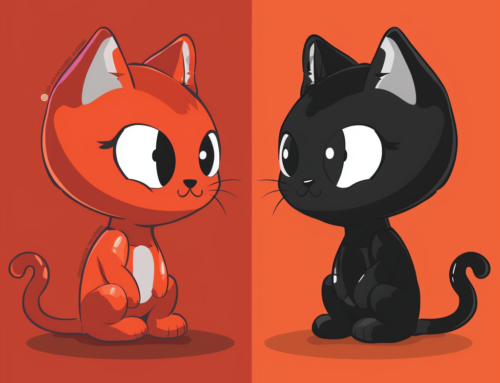 Whenever someone visits your website or a Googlebot crawls one of your webpages, a request is received by your server and it responds to the request with an HTTP status code. The status code provides web crawlers with information about the status of the request as well details about your website and the page requested.
Whenever someone visits your website or a Googlebot crawls one of your webpages, a request is received by your server and it responds to the request with an HTTP status code. The status code provides web crawlers with information about the status of the request as well details about your website and the page requested.
There are many common status codes you’re likely aware of, but here’s a complete list of HTTP status codes for quick and easy reference:
100 – This status code is returned by the server to indicate the first part of the request has been received and it is waiting to receive the rest.
101 – The server sends this status code to acknowledge it will switch protocols as requested.
200 – The request has been successfully processed by the server. When visible in the robots.txt file, this means Google’s web crawlers successfully retrieved the information requested.
201 – A new resource was created by the server and the request was successful.
202 – The request was accepted by the server, but has yet to be processed.
203 – The request was processed successfully, but the server is returning information from another potential source.
204 – The request was processed successfully, but no content is being returned.
205 – This status code is the same as the 204, but it requires requestors to reset the input form or document view.
206 – A partial GET request was processed successfully.
300 – Based on the request, the server has a number of available actions to take.
301 – The page requested has a new permanent location. When this response is returned by the server, requestors are automatically forwarded to the new location. Often, webmasters use this code to inform Googlebot that a webpage has a new location.
302 – Similar to a 301 request, this HTTP status code automatically forwards a requestor to a new location. However, with this status code, web crawlers will continue crawling and indexing the previous location.
303 – This code is returned by the server when a separate GET request is needed to a different location in order to retrieve the response.
304 – The page requested has been modified. Your server should be configured to deliver this response for webpages that haven’t changed since last requested by the requestor.
305 – The requested page can only be accessed via a proxy.
307 – The request is currently being responded to with a webpage from a different location, but the original location should continue to be used for future requests.
400 – The server could not understand the request.
401 – This status code simply means authentication is required for the request.
403 – The request has been refused by the server. If the Googlebot receives this code or the 401 code above when attempting to crawl your site’s valid webpages, your server may be blocking its access.
404 – This common status code means the requested page can’t be found. This usually happens when a page is requested that no longer exists on the server. If you see a 401 code and have a robots.txt file, the file may be in the wrong location or improperly named.
405 – The specified request method is not allowed.
406 – The requested page and content characteristics are incompatible and unable to display.
407 – Similar to a 401, this status code indicates that a requestor must authenticate via a proxy.
408 – This common status code appears when a server times out while waiting for a request.
409 – A conflict has been encountered by the server when fulfilling the request. Information and details regarding the conflict must be included in the response.
410 – Similar to a 404, this returned response occurs when the requested webpage has been permanently removed. If a webpage or resource has been permanently moved, a 301 code should be used to specify its new location.
411- A valid content-length header field is needed for the server to accept the request.
412 – One of the requested preconditions can’t be met by the server.
413 – The request is too large to be handled by the server, so it’s unable to process the request.
414 – The requested URI, which is usually a URL, is too long to be processed.
415 – The requested page is unable to support the format of the request.
416 – This status code is returned when the request range is unavailable for the webpage.
417 – The server doesn’t meet the expect request-header field requirements.
500 – The request can’t be fulfilled due to an error encountered by the server.
501 – The server lacks the functionality needed to process the request.
502 – The proxy or gateway server received an unacceptable response from the server upstream.
503 – The server is unavailable due to temporary maintenance or an overload.
504 – The proxy or gateway server didn’t receive the request from the server upstream in a timely manner.
505 – The HTTP protocol used in the request isn’t supported by the server.









